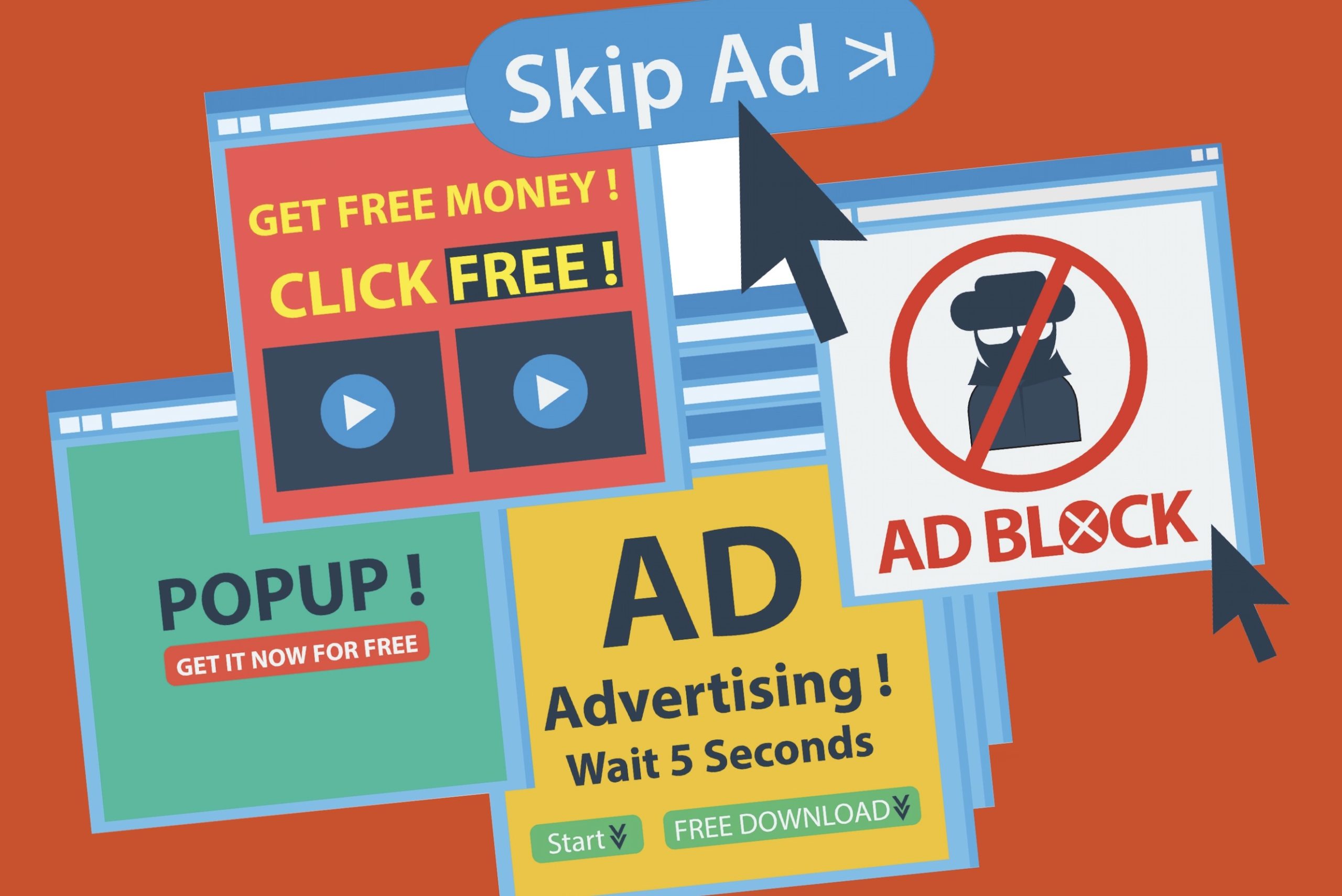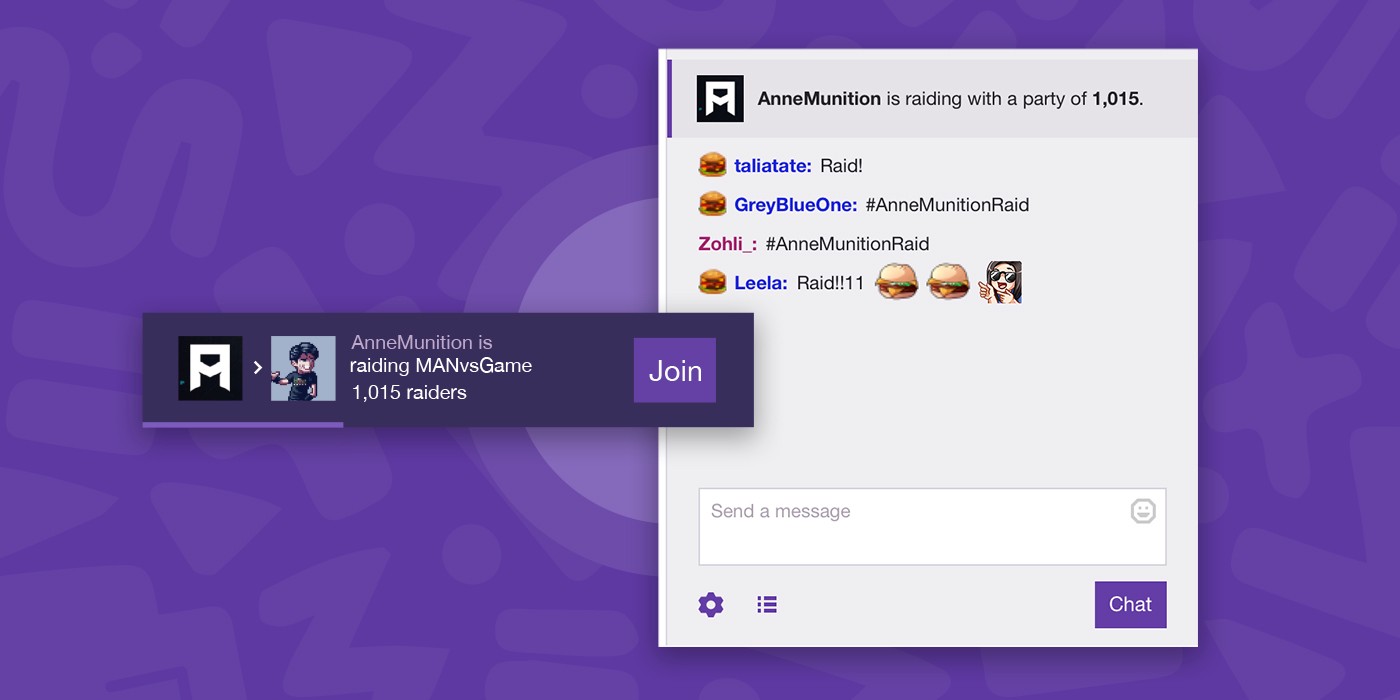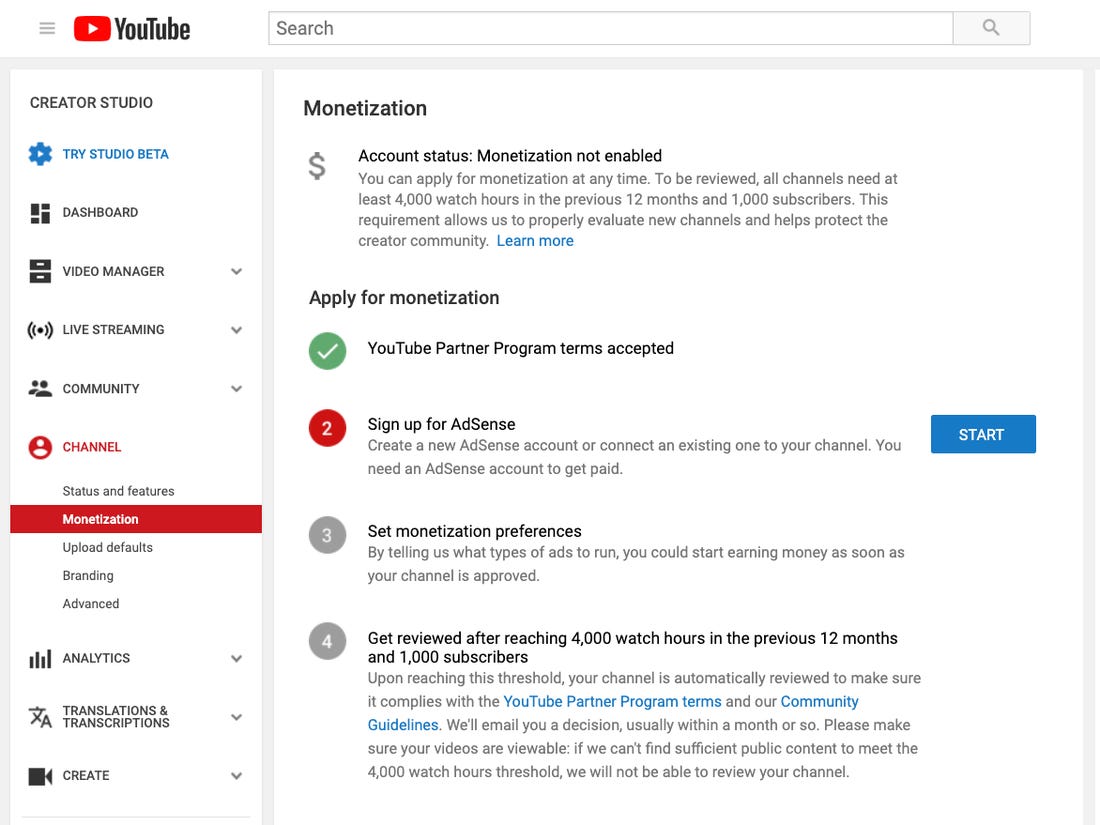Over the last few months it has felt as though Twitch has been falling out of a proverbial tree, hitting all the branches along the way. They had a bizarre misfire over inclusivity on an LGBT ad where the “G stands for Gamers”. They’ve had staff blowing the whistle on all manner of sexual harassment, racism, and other flavours of alleged workplace misconduct. Hell, recently they invited an alleged sexual predator back onto Twitch with a partnership. But today I want to focus on another subset of issues. With all this free time where meaningful face-to-face interaction used to be, I’ve been delving into Twitch. As a streamer and a viewer, however, there have been a whole host of issues recently regarding the platform.
As much as I am enthusiastic about being a Twitch affiliate, it has been a long journey. I’ve been making content across YouTube and now Twitch for many years, so I know all too well how hard you must work as a creator. There is a reason YouTubers and the like have burnt out, because it’s hard. It’s hard to make work you’re proud of, at a decent enough frequency, and tiptoe in between the ever-shifting guidelines. Twitch is comparatively nice, but if the latest controversies are anything to go by, it may be becoming less and less friendly to creators of all sizes.
An unscheduled ad break
A big update is shaking things up: mid-roll ads. This may be familiar to avid YouTube watchers. At some point in the middle of a video, an ad or two will play. Twitch, like YouTube, also pairs this with a “pre-roll”, an ad that plays before the chosen content. In many ways, the addition of the mid-roll is merely an exacerbation of issues with ads in general. The simplest issue revolves around pre-roll. With some of these ads being rather long, unskippable commercials, it can harpoon discoverability. After all, if you’re clicking on some new streamer you’ve never watched, and immediately locked into a 30-second ad, you may be inclined to abandon ship. Funnily enough, this might also manifest as jumping-off Twitch as a whole. Either way not good for creators.

Mid-roll ads provide unique challenges for streaming. Consider a mid-roll ad on YouTube. The video stops, an ad plays, and you’re returned back to your point in the video. Furthermore, bigger channels can choose the spot for the ad, ensure it doesn’t interrupt the action or dialogue or whatever. Twitch is not such a platform. Despite streamers’ and viewers’ suggestions, Twitch has no controllable “ad breaks”. When an ad plays, it is playing “over” content. That part of the stream is just wallpapered over.
“If they could choose to run ads, many streamers wouldn’t… This seems to line up with viewers. Twitch operates with the opposite priorities… As such, ads aren’t really going away.”
So why don’t creators get control? Well let’s be honest, if they could choose to run ads, many streamers wouldn’t. Whilst streamers do get ad revenue, it doesn’t stack up when compared to direct methods of support: donations, cheers, and subscriptions. This seems to line up with viewers. Most hate ads getting in the way of content and would rather just support streamers, and get their perks and such. I mean a lot are even using ad blockers. It’s sad because it means that excessive ads can dissuade viewers from support. After all, they still need to watch the pre-rolls regardless of how they support their favourite content creators. The problem is that Twitch operates with the opposite priorities. Twitch makes a lot of money through ads, and takes a much smaller cut from direct support. As such, ads aren’t really going away. In fact, Twitch seems more intent on programming Twitch to make ad blockers unusable. Worse still, ads seem to be getting more troublesome in new ways.
“King of Stream” and how streamers are free real estate in the attention economy
Earlier this year, a rather disgusting underhanded little marketing ploy found its way to Twitch. See a lot of Twitch streamers have a text-to-speech bot attached, to make little messages. Some insert stupidly long phrases or offensive language. But it seems at least one company has used them for cheap, unscrupulous marketing. On behalf of Burger King, ad agency Ogilvy used the text-to-speech to advertise. They would donate a small amount of money, say $5, then put an ad in the TTS being read out over the stream.
https://twitter.com/Ogilvy/status/1295707612315553799
This is pretty underhanded. As one creator noted, if businesses want advertisements in the stream, the solution is simple: sponsor them. The rebuttal from the advertisers of “we did”, referencing the paltry donation associated with what amounts to an audio pop-up, is inadequate. It’s shortchanging the streamer, and just generally taking a method of tipping creators and using it to cheat the system.
It’s fair to say that this little ploy got negative press as it bloody deserves, so hopefully this is not something that will become a regular occurrence. Honestly, the only reason I think this couldn’t truly fly is that it would be circumventing Twitch’s money-making systems. But it speaks volumes to me about the lack of any respect streamers get. They are free real estate, a nexus point for a bunch of eyeballs, a prime location in the attention economy. The freedom of the internet has given us new avenues of communication, and invariably the equivalent of a pop-up is soon to follow. As bad as pre-rolls are, this shows that there are those willing to kick down back doors to cheat the system to manipulate people into doing their work for them.
Twitch, like so many other platforms, needs to take a step back from the cash register. All companies need to make money, I don’t want to suggest otherwise. But there needs to be communication. The streamers and viewers are making money for Twitch, but they’re being ignored. Sure, Twitch has no competition now, but that is no guarantee for the future.
Raiding the bar
For me, a rather upsetting element in all this is raiding. Let’s start with “What is raiding?”. When a streamer isn’t streaming, they can show off some content from other streamers, known as a host. In a similar vein, a streamer can end a stream by sending them over to watch another stream. This is the raid. It’s been going on for a while, and it is a great little demonstration of how Twitch has fostered inter-connected communities. Every raid is an event, a tangible demonstration of comradery among users.
Well, it was.

Raiding as of late seems to be subject to jumping through a hoop. Specifically, the belief is raids need a minimum of 5 viewers to fire off notifications on the stream being raided. It would be unfair to not state that there is some speculation about elements of this story. For example, various streaming programs allow for on-screen notifications and have been implicated in notifications not going through. In short, there may be settings that can be adjusted to lower the bar. Either way, the alert box on these applications still bear out the raid had occurred. None of this changes the fact though, that it seems that such updates don’t make it into chat, should the viewer count not meet the threshold. I can speak from personal experience and say as a small streamer, this is demoralising. To raid is to give blessings to a fellow creator. Putting a limit on what is considered “good enough” to be worth an alert invalidates creators that draw a smaller audience.

All in all, it feels like Twitch is doing wrong by its creators, but this is nothing new. I found myself chased off YouTube when policy changes screwed over smaller creators. In a sweeping set of changes, YouTube decreed that channels needed a thousand subscribers to be able to earn any money. This was in response to many little controversies surrounding the biggest creators giving rise to what is now called the “adpocalypse”. Advertisers discovered they were being associated with controversial content and left the site in droves. YouTube’s response was by all accounts far from measured, and notably did not actually punish those responsible. Instead, the crosshairs hit the entry-level video makers. In the grand scheme of things it probably did actually help. After all, sweeping however many creators under the rug reduced how many revenue-earners had to be supervised. The other side is that removing the low earners would have minimal impact on the bottom line. Both are pretty cold comfort to those swept up in YouTube’s riptide. After all their money-making operations, their hard work is being destroyed, due to someone dominating the field. Someone who meanwhile, will continue to do so, receiving a mere slap on the wrist, lest they stop bringing in money for the company. As one of those lowly creators, scrabbling together a few cents a week, it was a kick in the teeth. I’d been toiling away for many years, and I knew well I would not clear the arbitrarily high bar for some time. I put so much hard work into that part of my life, but that was the final of so many straws solidifying my decision to quit. I couldn’t help thinking about this throughout these Twitch updates.
It might be a bit speculative, but it’s important to review the context. All these updates come after two big stories in my eyes.
Is Twitch trying to cull its numbers?
“I think the sobering realisation that comes at the end of all this is just that platforms really don’t care about its users.”
Twitch is definitely feeling a bit emboldened at the moment as the top dog of streaming. The main competitor to Twitch in my view would have to be the recently defunct Mixer. This was definitely Twitch’s main competitor in the space. Whilst other services are available, the biggest maybe being Youtube live streams, they really aren’t in the same ballpark. Presumably, that means a lot of former Mixer streamers are flowing into Twitch’s ecosystem. Furthermore, it’s pretty safe to assume that being cooped up has only boosted active streamers and viewers on Twitch. That’s a lot of attention, money, and power flowing into Twitch’s hands.
The other real catalyst is probably controversies swimming around Twitch. No, not the staff calling out toxic work culture, though that deserves some attention. Rather, I wonder if there are parallels between YouTube and Twitch clamping down on smaller creators in response to issues with their big names. The obvious name that springs to mind is Dr. Disrespect. There were all kinds of hushed whispers about why one of Twitch’s biggest creators was booted from the platform. So it stands to reason with all the controversy swimming around that Twitch wants to exercise a little control and put a bit of a damper on things for the moment. In truth, maybe this is a bit conspiratorial on my part. But it’s hard to see many straightforward reasons that Twitch would be working against smaller content creators.
I think the sobering realisation that comes at the end of all this is just that platforms really don’t care about its users. I’m never going to act shocked at a company doing something for a quick buck, that’s kind of their whole deal. However, I’ll always be disappointed when a platform prioritises money over just making a better ecosystem. The internet giving money to creators has always brought this starry-eyed “Hollywood but everywhere” illusion. That with enough time, and energy, and passion you can make money doing whatever. This story reminds me that is not realistic. Everyone can fly, but there are ultimately only so many seats on the plane.





